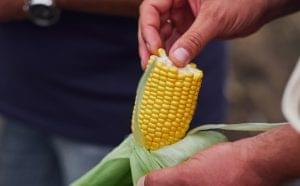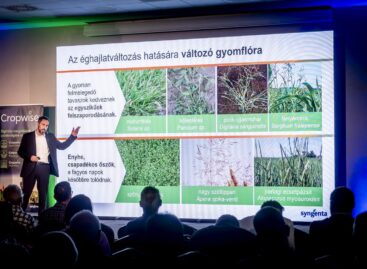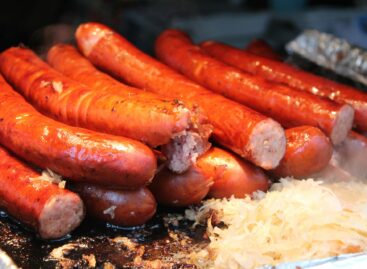Hungarian sweet corn remains at the forefront of Europe
The Hungarian sweet corn sector remains Europe’s leader in 2025, ahead of France. As one of the most important players in the EU’s sweet corn supply, our country has played a decisive role in the production of the specialty vegetable for years, despite the weather posing serious challenges for Hungarian farmers.
 On the global market, the United States, China and Thailand lead the production rankings, while within Europe, China has posed the biggest competitive challenge in recent years, mainly with its cheap imports. To counter this, the European Commission imposed provisional anti-dumping duties on sweet corn from China on 15 July 2025, which entered into force at the beginning of August.
On the global market, the United States, China and Thailand lead the production rankings, while within Europe, China has posed the biggest competitive challenge in recent years, mainly with its cheap imports. To counter this, the European Commission imposed provisional anti-dumping duties on sweet corn from China on 15 July 2025, which entered into force at the beginning of August.
In Hungary, the sweet corn cultivation area is decreasing year by year: while five years ago it was cultivated on 35,000 hectares, according to industry estimates, the final sowing area this year will be only around 21,000-23,000 hectares. The harvest volume approached 400,000 tons in 2024, but by 2025, according to forecasts, it may decrease to 300,000-350,000 tons – the result depends significantly on the severity of the drought. The majority of the harvested sweet corn is processed in domestic canning and freezing plants. The main export markets of the Hungarian sector include several European countries, the United Kingdom, Russia and Japan. Although fresh consumption in our country is lower than the European average, industrial use continues to provide stable demand.
Competitiveness: innovative technology and adaptation to change
“Increasing the proportion of irrigated areas, modernizing outdated irrigation systems, and growing modern varieties adapted to the needs of the processing industry are key to maintaining the competitiveness of domestic producers,”
said Róbert Hajdú, an expert at Syngenta. He added that Syngenta’s portfolio currently includes four normal-sweet and six super-sweet varieties, of which GSS5649 and GSS3071 offer excellent crop security, good yield and quality. Among their latest hybrids, the GSS8871 hybrid stands out, which offers high crop security thanks to its MDVM resistance and is excellently adapted to the needs of domestic processing. Syngenta has also launched the Fortenza FS600 fungicide, which provides more effective and cost-effective protection than current soil disinfection solutions.
Related news
Plastic packaging waste in the EU: 35.3kg/capita
🎧 Hallgasd a cikket: Lejátszás Szünet Folytatás Leállítás Nyelv: Auto…
Read more >Stable above 700 thousand hectares: domestic sunflower cultivation continues to strengthen
🎧 Hallgasd a cikket: Lejátszás Szünet Folytatás Leállítás Nyelv: Auto…
Read more >EU tax on ultra-processed foods and alcoholic beverages could come – EU’s first cardiovascular action plan is being prepared
🎧 Hallgasd a cikket: Lejátszás Szünet Folytatás Leállítás Nyelv: Auto…
Read more >Related news
The New Year’s Eve fireworks fair is back: temporary sales will start in department store parking lots at the end of December
🎧 Hallgasd a cikket: Lejátszás Szünet Folytatás Leállítás Nyelv: Auto…
Read more >The first Eastern European non-alcoholic beer turns 50
🎧 Hallgasd a cikket: Lejátszás Szünet Folytatás Leállítás Nyelv: Auto…
Read more >Sausage: pork prices are already going down, but they won’t be cheaper in stores – a significant correction may come in the spring at the earliest
🎧 Hallgasd a cikket: Lejátszás Szünet Folytatás Leállítás Nyelv: Auto…
Read more >






